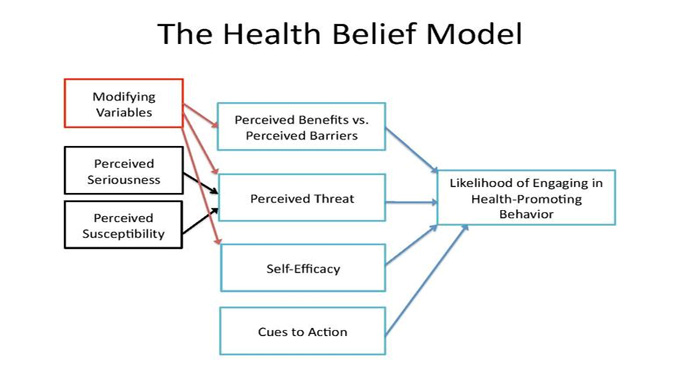What Is the Health Belief Model (HBM) and How Can It Help Me Detect Disease?
The Health Belief Model explains why patient patients can either accept or rejecting various health-related therapies or adopt appropriate healthy behaviors. The Health Belief Model predicts that individuals will react best to messages regarding disease prevention or health promotion if the following four criteria for transformation exist:
An Array of Potential Diseases, Illnesses, and Situations
The individual recognizes the threat to his health presented by an array of potential diseases, illnesses, and situations. An individual who fears he or she will become ill, is overweight, or has poor health will likely refuse to take any health-related action. Likewise, a fearful individual who lacks motivation to engage in physical activity will not use a walking stick, watch, bike, or participate in any other health action. In addition, an idle individual lacking motivation to work out will not eat healthy foods, won’t get regular exercise, or engage in any other health activity. Similarly, an individual who lacks motivation to make positive lifestyle changes will fail to make any health improvement.
The Health Messages
The health belief model also predicts that there will be little or no correlation between health behaviors and self-efficacy for acceptance of health messages. The absence of internal and external cues will only lead to partial or complete rejection of health messages. External cues such as reminders, motivators, and motivating words will only lead to partial or complete success in changing behaviors or attitudinal cues. For example, if a patient’s physician prescribes diet restrictions, she may feel compelled to obey these restrictions if she believes that she lacks the self-efficacy to control her own eating habits. However, if a similar condition is absent, she will not be motivated to adopt healthier behaviors or change her dietary habits.
The Health Behaviors
The health belief model also predicts that interventions designed …











